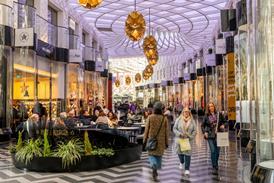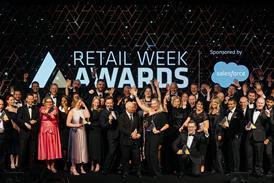Customer 2024
Three trends shaping the digital strategies of H&M, Nike, Ikea and more

As customer expectations continue to rise, retailers must make every online touchpoint count. Building on consumer research, we explore where retailers are already investing to stay ahead of the curve – and what trends will stick
1. Channels are blurring to 360-degree commerce
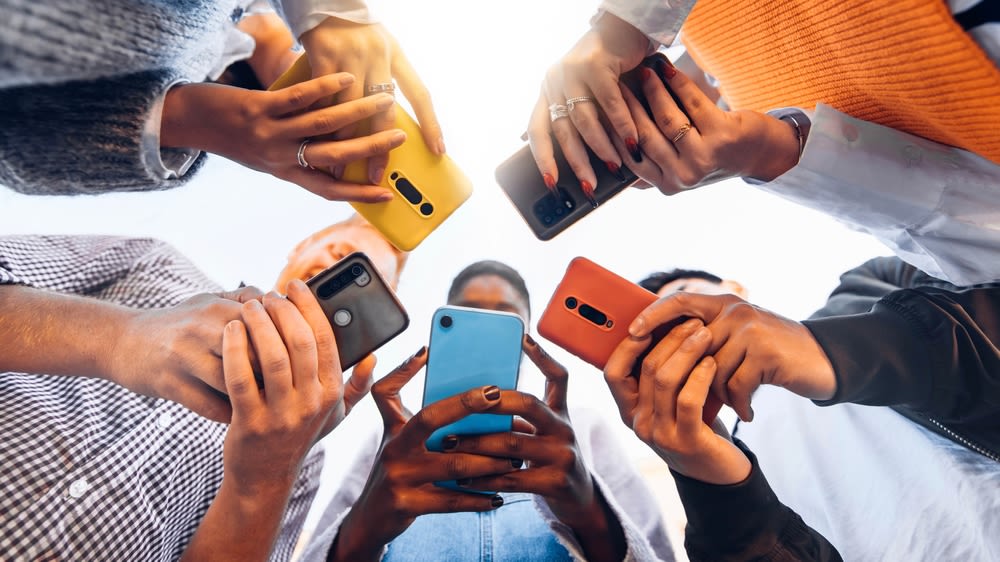
It has never been more important to meet consumers exactly where they are on the path to purchase. But with nearly every digital channel, from WhatsApp to Instagram, becoming a shopping channel, it has also never been more complicated.
One channel forecast to keep growing and that retailers need to be investing in is social media. Forty-four per cent of UK consumers said they had made a purchase through social media in the past six months, spending on average £107 a month, according to research by PayPal in June and July 2022. The global social commerce industry is expected to grow three times as fast as traditional ecommerce by 2025, according to research published by Accenture in January 2022.
What consumers are buying through social media continues to diversify. Clothing and accessories (32%), health and beauty (25%) and toys and games (22%) are the strongest categories, according to PayPal’s UK Ecommerce Index published in November 2022. Even bigger pools of consumers are willing to consider purchasing via social for the right product (36%, 33% and 35% in each category respectively).

Chart taken from PayPal Ecommerce Index Deep Dive: The UK – 2022 Annual Report
Chart taken from PayPal Ecommerce Index Deep Dive: The UK – 2022 Annual Report
Retailers are pouncing on this growth in social commerce. Fashion etailer PrettyLittleThing – which was acquired by Boohoo in 2020 – launched its social store on TikTok Shop in May 2023 after reaching 2 million followers on the app. It sells a curated selection of bestselling and trend-based pieces on the platform and has plans to expand its shop to US customers.
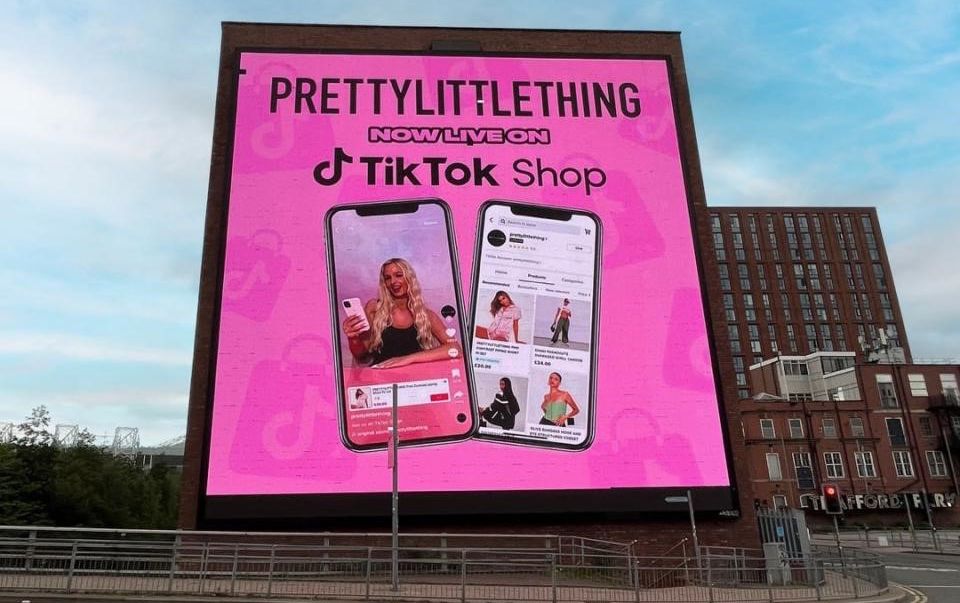
PrettyLittleThing launched on TikTok Shop after amassing 2 million followers
PrettyLittleThing launched on TikTok Shop after amassing 2 million followers
The metaverse is another channel where retail and virtual worlds are colliding. Across the course of 2022, over a quarter (26%) of global consumers used the metaverse for entertainment, virtual experiences or to purchase products, according to PwC’s Consumer Insight Survey, published in February 2023. The metaverse is beginning to play an important role in the evolution of how younger consumers use the internet, with 42% of Gen Z and 40% of millennials in June and July 2022 having participated in a virtual space, according to PayPal consumer research.
While the metaverse isn’t the channel where the majority of consumers are making online purchases, it’s a valuable medium for discovering new content in immersive ways – making it a key piece of the puzzle for retailers set on creating comprehensive omnichannel brand experiences.

Flannels merged digital and physical experiences at its Oxford Street store
Flannels merged digital and physical experiences at its Oxford Street store
Several brands are already proving themselves in this field. Cosmetics retailer Lush and fashion retailer Flannels both created metaverse experiences for the first Metaverse Beauty Week in June 2023. The former merged digital and physical experiences with displays of artificial reality in its Oxford Street store, with the latter hosting live events on platforms including Spatial and Decentraland.
These launches follow in the footsteps of fashion behemoth H&M, which launched a bold metaverse experiment in January 2023, using the platform not only for brand awareness but to encourage sustainable shopping habits in its younger audiences, having developed an immersive gaming experience on gaming platform Roblox. The game Loooptopia is focused on self-expression and circularity, with players collecting ‘fashion ingredients’ such as designs, colours and textures to turn into virtual clothes for their avatar to wear. Users are encouraged to trade clothes with friends and recycle old garments to earn bonus rewards.
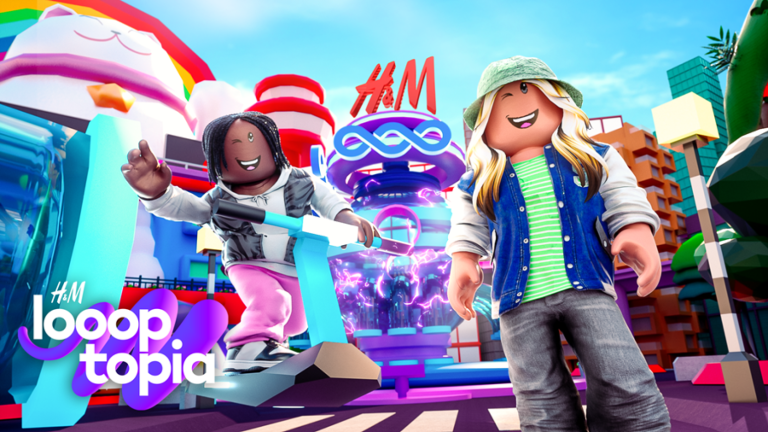
H&M's Loooptopia game aims to encourage a circular fashion economy
H&M's Loooptopia game aims to encourage a circular fashion economy
Expanding its Loooptopia experience, the brand collaborated with the hit Netflix show Stranger Things in March 2023, promoting a capsule collection of retro-inspired garments through a pop-up event in the metaverse. Users could play the Surfer Boy Pizza Delivery Game to unlock bespoke Stranger Things virtual clothing rewards and a trailer highlighting what’s coming next on Loooptopia.
2. Augmented retail is now customers’ reality
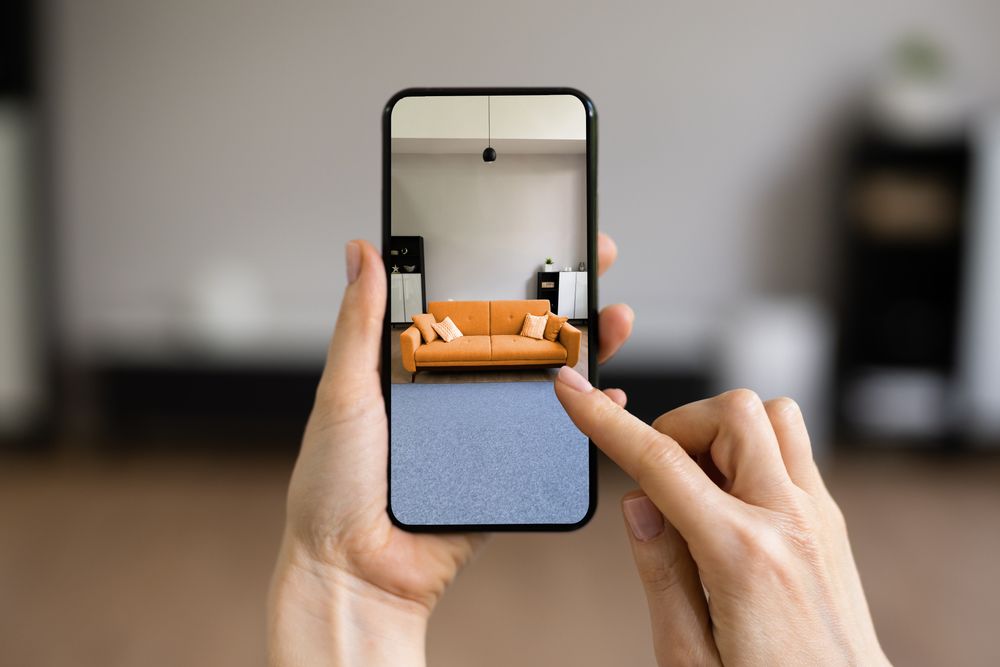
Augmented reality (AR) and virtual reality (VR) are technologies that are easy to dismiss. Applications can be gimmicky and they are yet to become part of mainstream retail.
However, these technologies are enabling and supporting burgeoning channels. Despite likely not considering themselves ‘AR users’, over 250 million people globally engage with AR on the social media app Snapchat every day. Both Meta and Apple are hedging their bets on consumer buy-in to the tech, launching VR headsets in October 2023 and spring 2024 respectively.
Retailers are seeing success through experimenting with the technologies in ways that add to their service proposition – most often with a focus on inspiration and immersion in brand stories. This is how customers want to engage, with a study carried out between March and April 2022 of over 20,000 participants by Snap and Ipsos finding 60% of consumers identify shopping as their main reason for using AR.
In the same study, 79% of shoppers said they’d be interested in using AR to interact with a product before buying it.
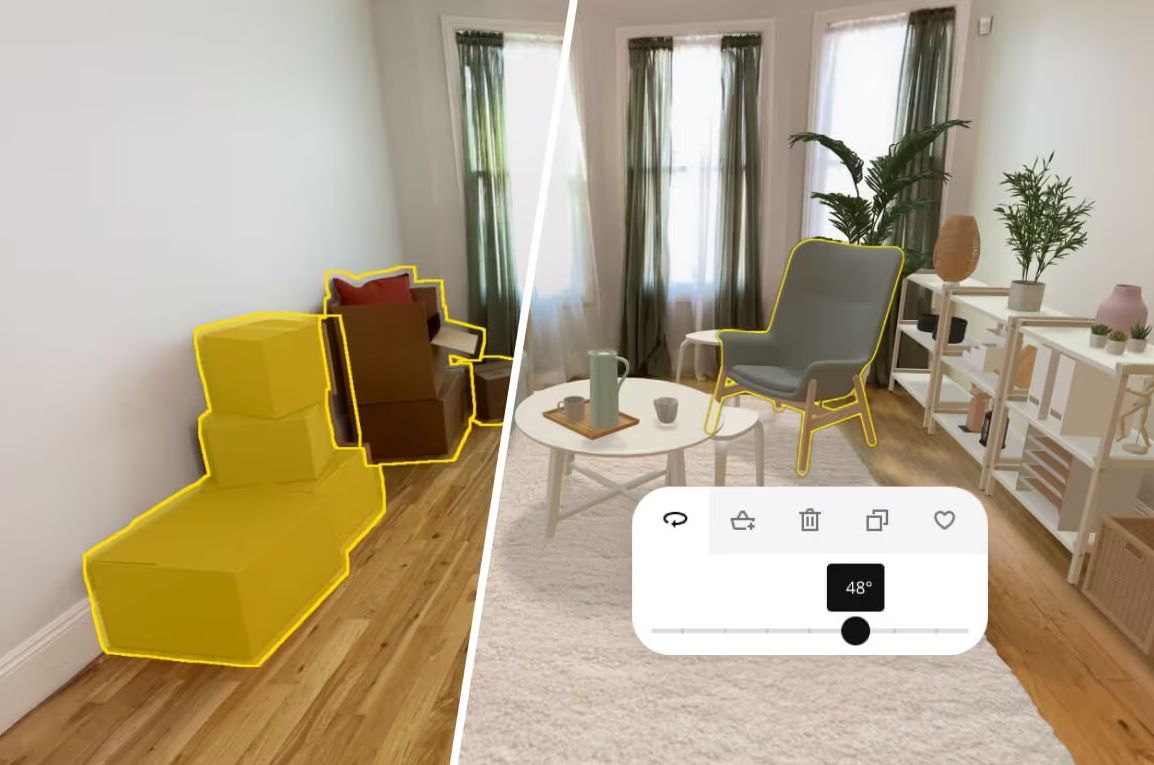
Ikea's Kreativ platform allows customers to visualise new furniture in their homes
Ikea's Kreativ platform allows customers to visualise new furniture in their homes
Ikea has been an early adopter of this concept in the retail space. In June 2022, the furniture and homewares giant launched Ikea Kreativ, an immersive app to "inspire customers, unlock their creativity and help them visualise how furnishings will look, fit, and function in their homes, throughout life-like interactive design".
Featured in the app is the Scene Scanner, which uses a series of photographs taken by the customer combined with AI and mixed-reality technologies to create life-like 3D replicas of spaces on the consumer’s computer or smartphone. As well as visualising new Ikea products within their homes, AI algorithms allow Ikea Kreativ users to erase existing furniture from the scene, to let customers completely reimagine their spaces.
Expanding beyond its app, in April 2023, Ikea’s full catalogue became viewable for consumers in AR, directly through Google search results. Searching for a specific Ikea item on mobile enables customers to toggle between viewing the item in 2D, 3D or "in their space", as on the Kreativ app.
3. Values remain top of mind
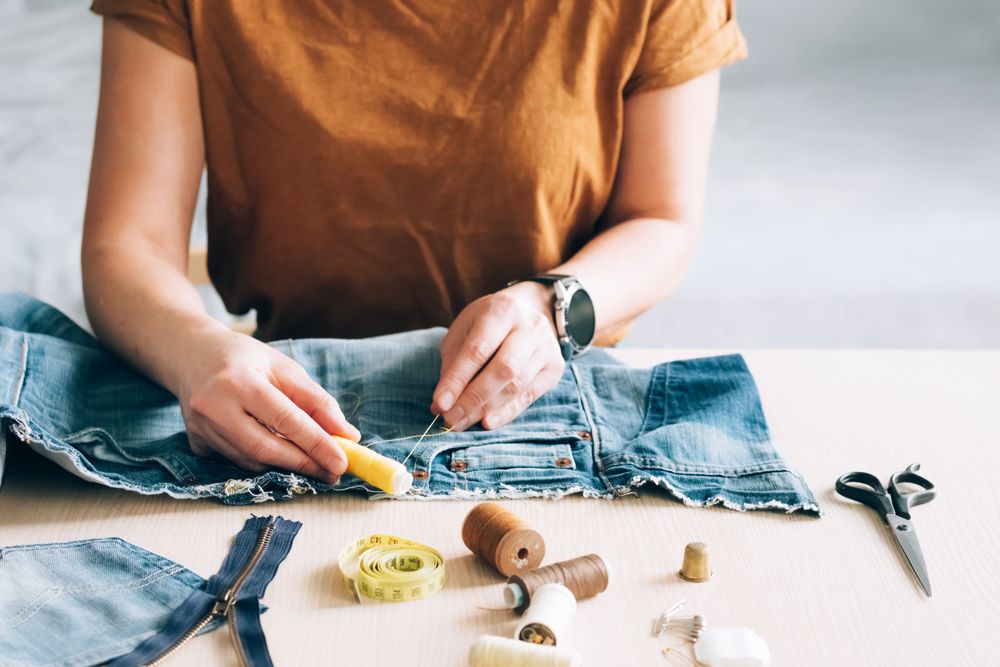
Whether shoppers are weighing up product affordability versus quality or considering the environmental impact of their purchases, values continue to have a significant impact on basket size and future spending.
On balance, more UK consumers have adopted a sustainable lifestyle in 2023 compared with a year ago, and now consider the durability and repairability of their purchases, according to research conducted by Deloitte in July 2023.
Tapping into this trend, fashion retailer Primark surveyed its consumers in July 2023 and found over three quarters (77%) of its Gen Z audience had recently mended their clothes, with sustainability considerations and the cost of living acting as incentives to do so. Reflecting this value, the retailer launched a range of durability and repair initiatives in March 2023, offering classes online and in-store across the UK, teaching consumers how to complete basic repairs and customise garments. Its sustainability investments are resonating with its customer base, having launched in-store concessions with partner WornWell across its UK flagship stores, to offer "the best in branded and non-branded vintage clothing" alongside its Primark range.

Primark sells vintage clothes in partnership with WornWell alongside its own range
Primark sells vintage clothes in partnership with WornWell alongside its own range
The increasing demand for repairable purchases with longer lifespans is seen across retail. Nike trialled its Bot Initiated Longevity Lab (BILL) in September 2022, which aims to extend the life of trainers through better maintenance. Used shoes could be loaded into the machine, which creates a 3D scan pinpointing areas that are dirty or show signs of wear. Consumers picked the areas they wanted to be restored, which the machine completed, and new liners and laces were provided by store assistants. The sportswear giant continues to emphasise its value-driven ethos through its Nike refurbished scheme – giving ‘gently worn’ and imperfect products a ‘glow up’ to resell in selected stores. Its Nike Re-Creation programme, launched in May 2022, takes vintage and deadstock pieces, using them to create new products, all on a local basis, and aims to advance its "circular vision".
As consumer expectations evolve, retailers’ digital strategies must move with them to keep ahead of the curve. Investing in the channels, tech and prioritising values that mean most to consumers will help retailers maximise loyalty and see real returns.
For more insights into the key trends shaping retailers' strategies, read PayPal’s latest Think Forward whitepaper series.
Any information provided is general only and does not take into account your objectives, financial situation or needs.





